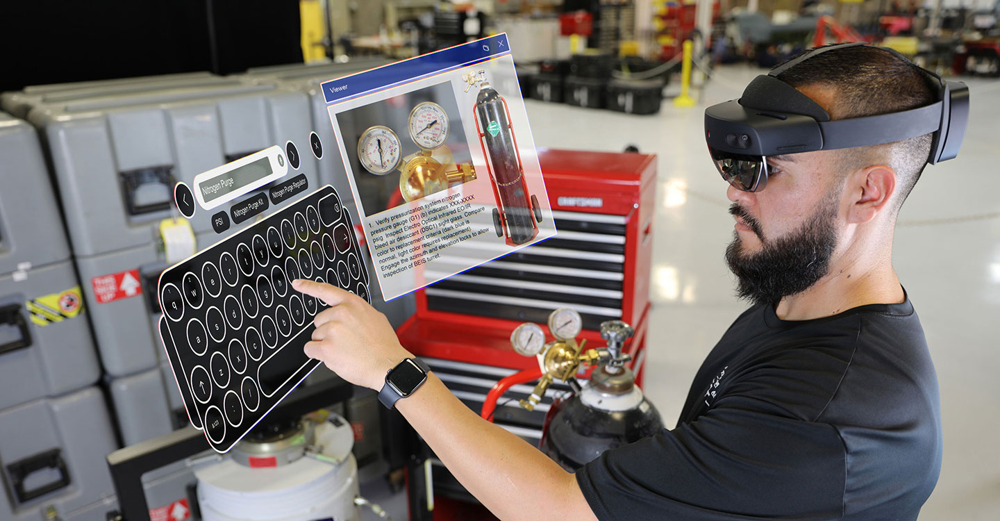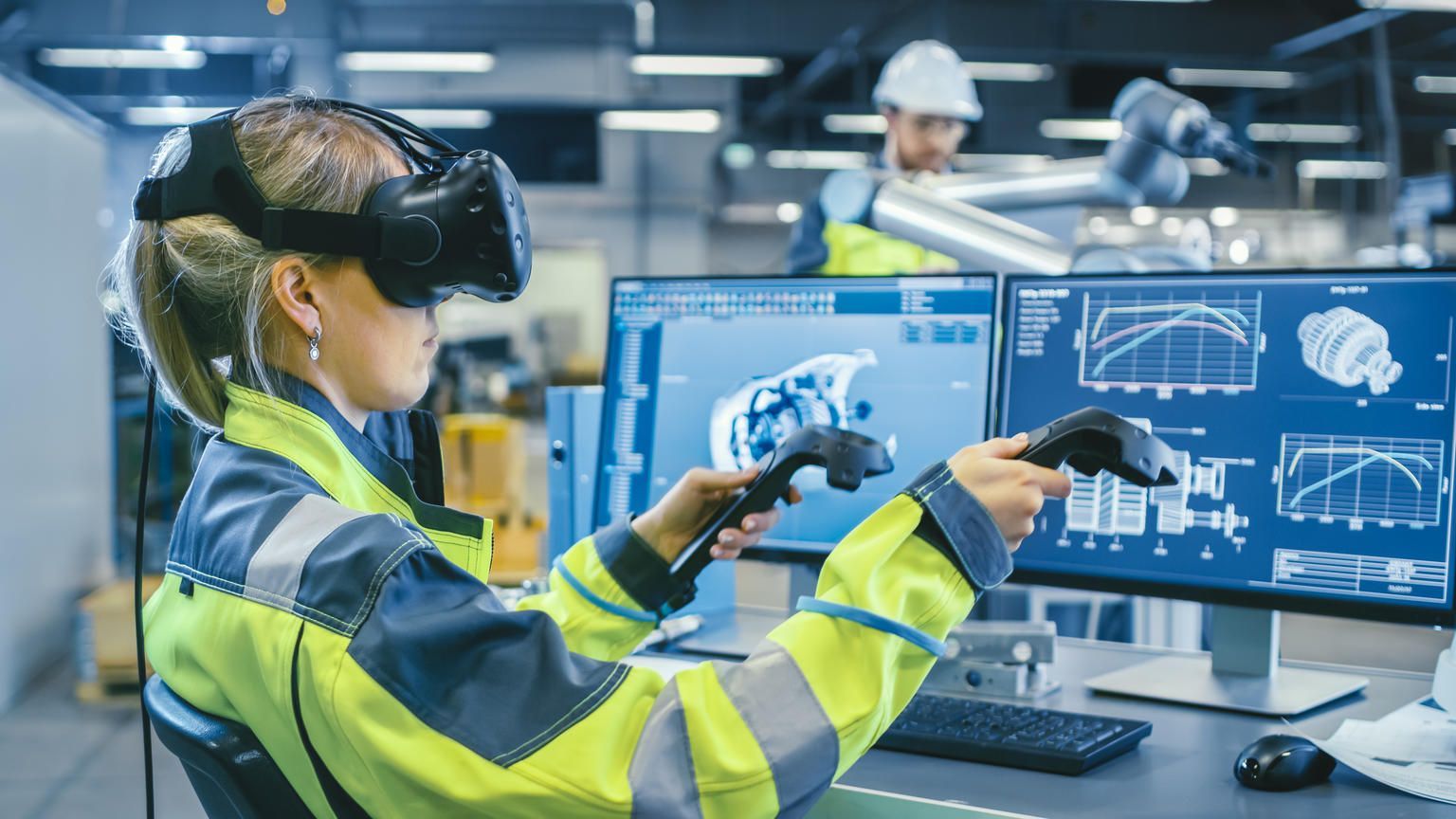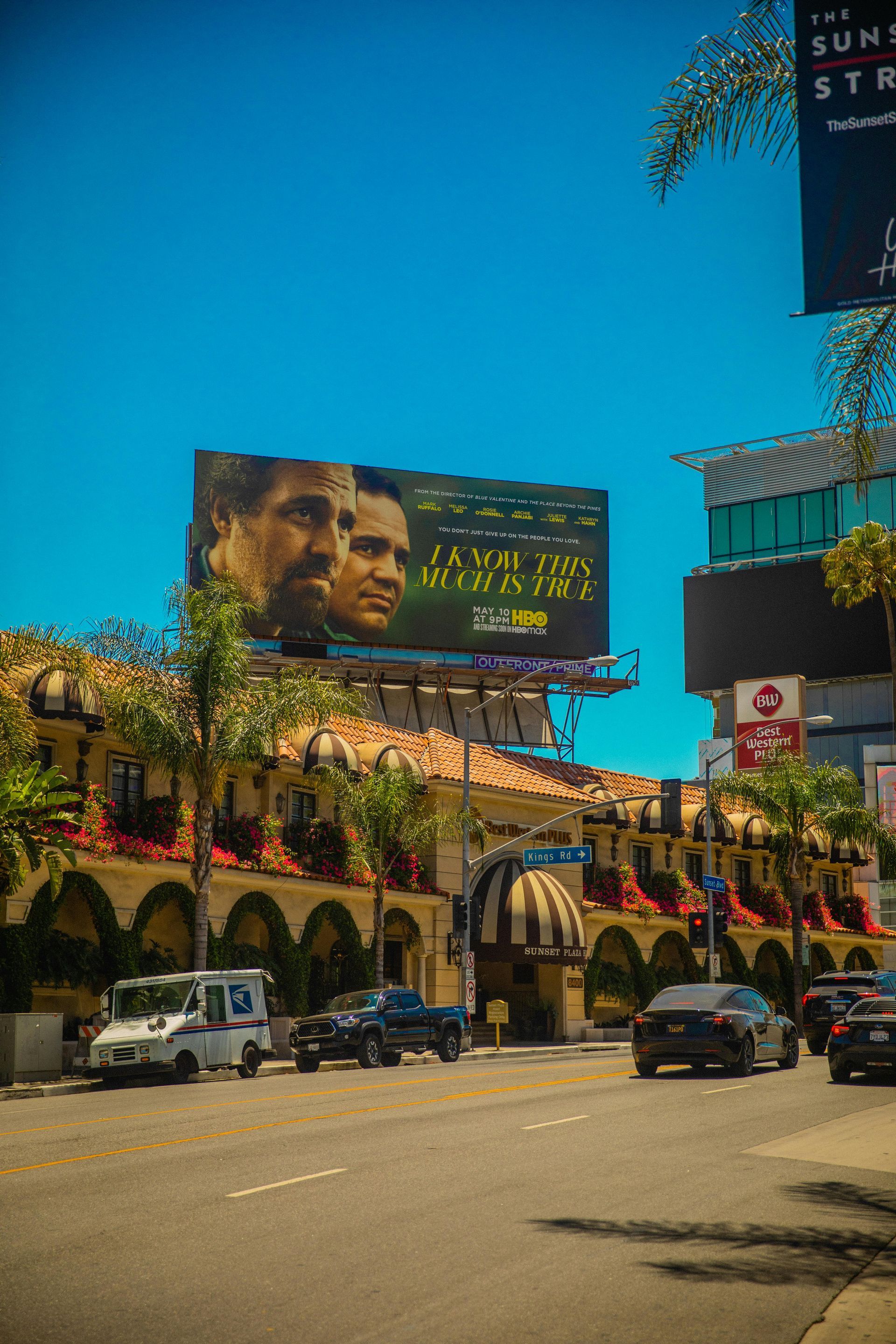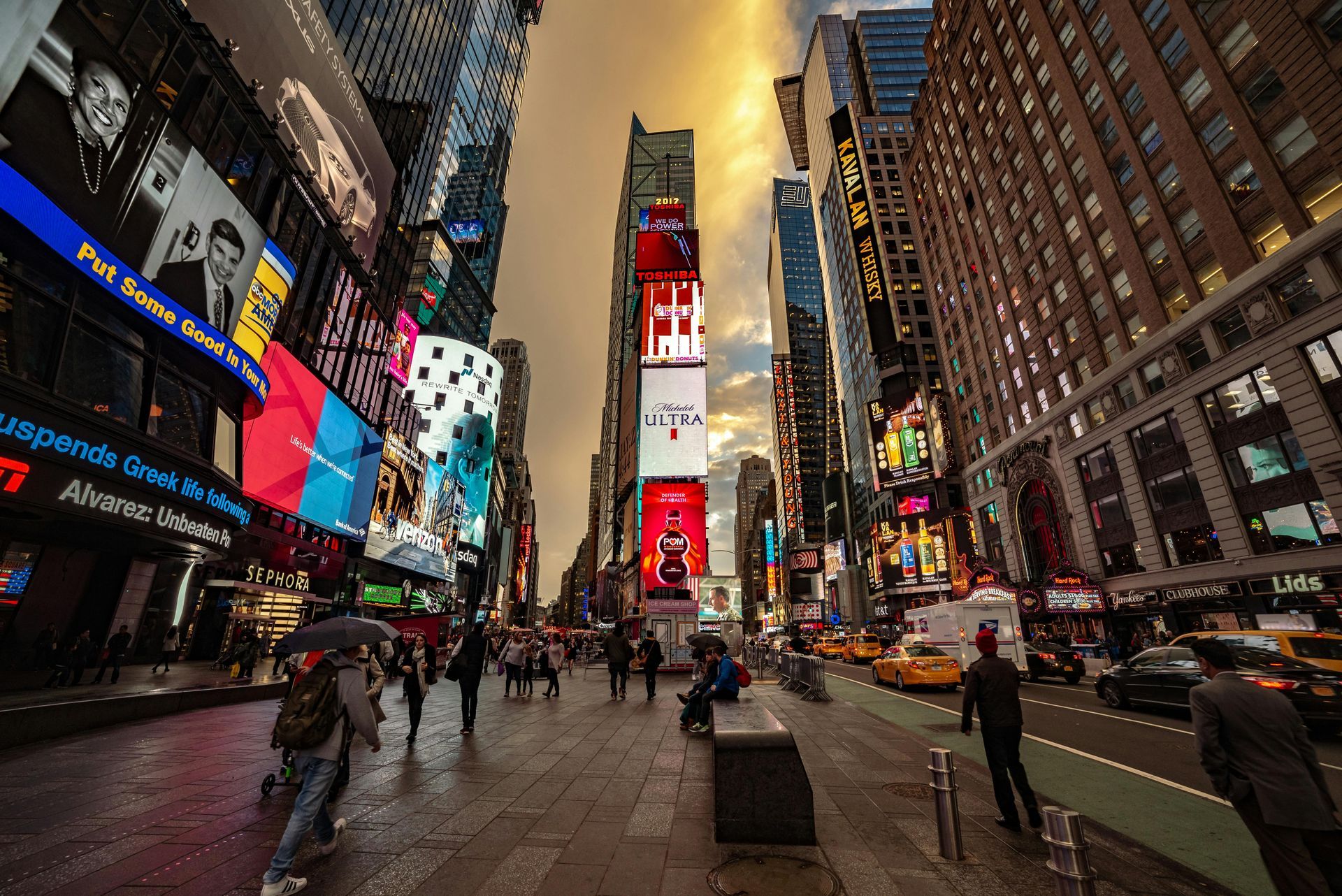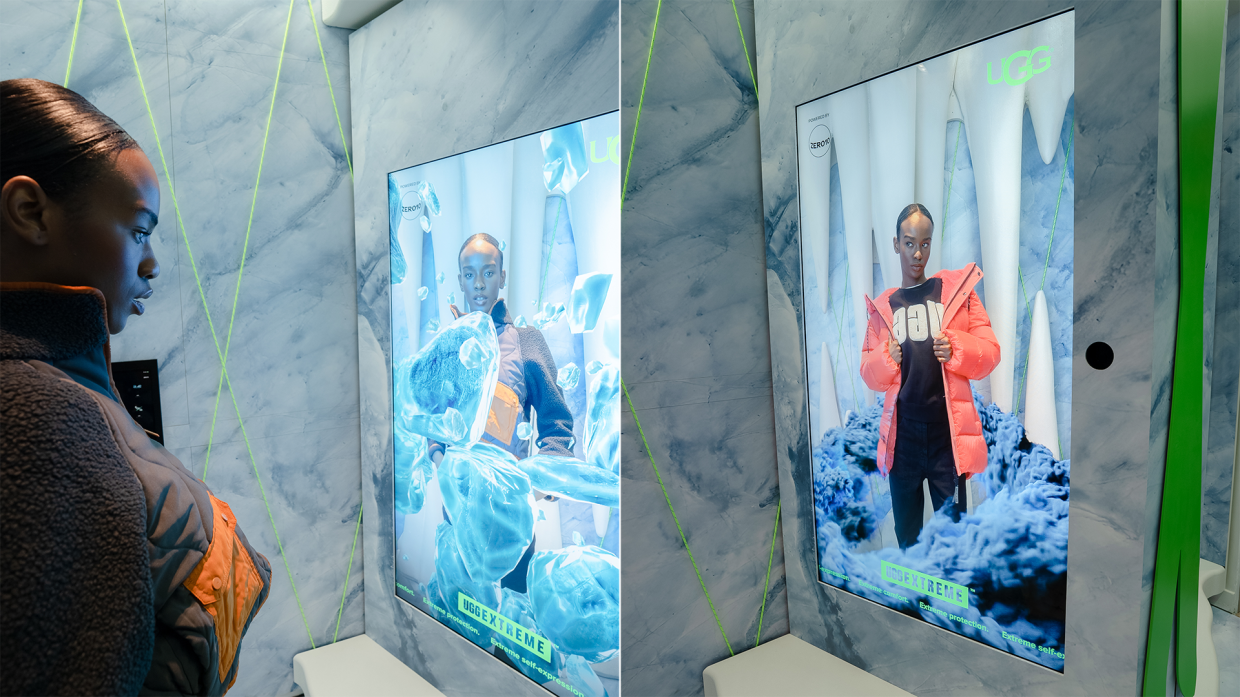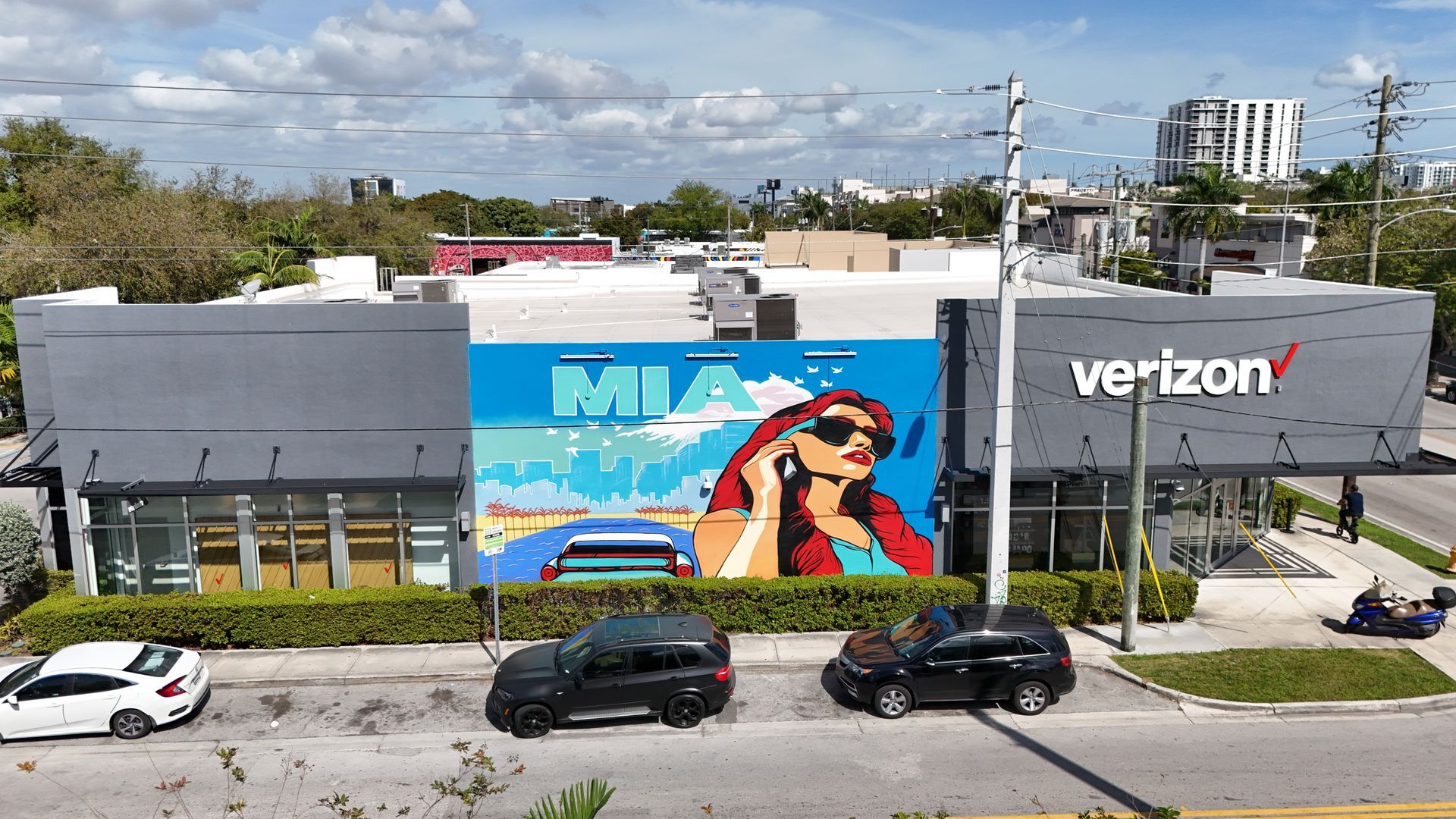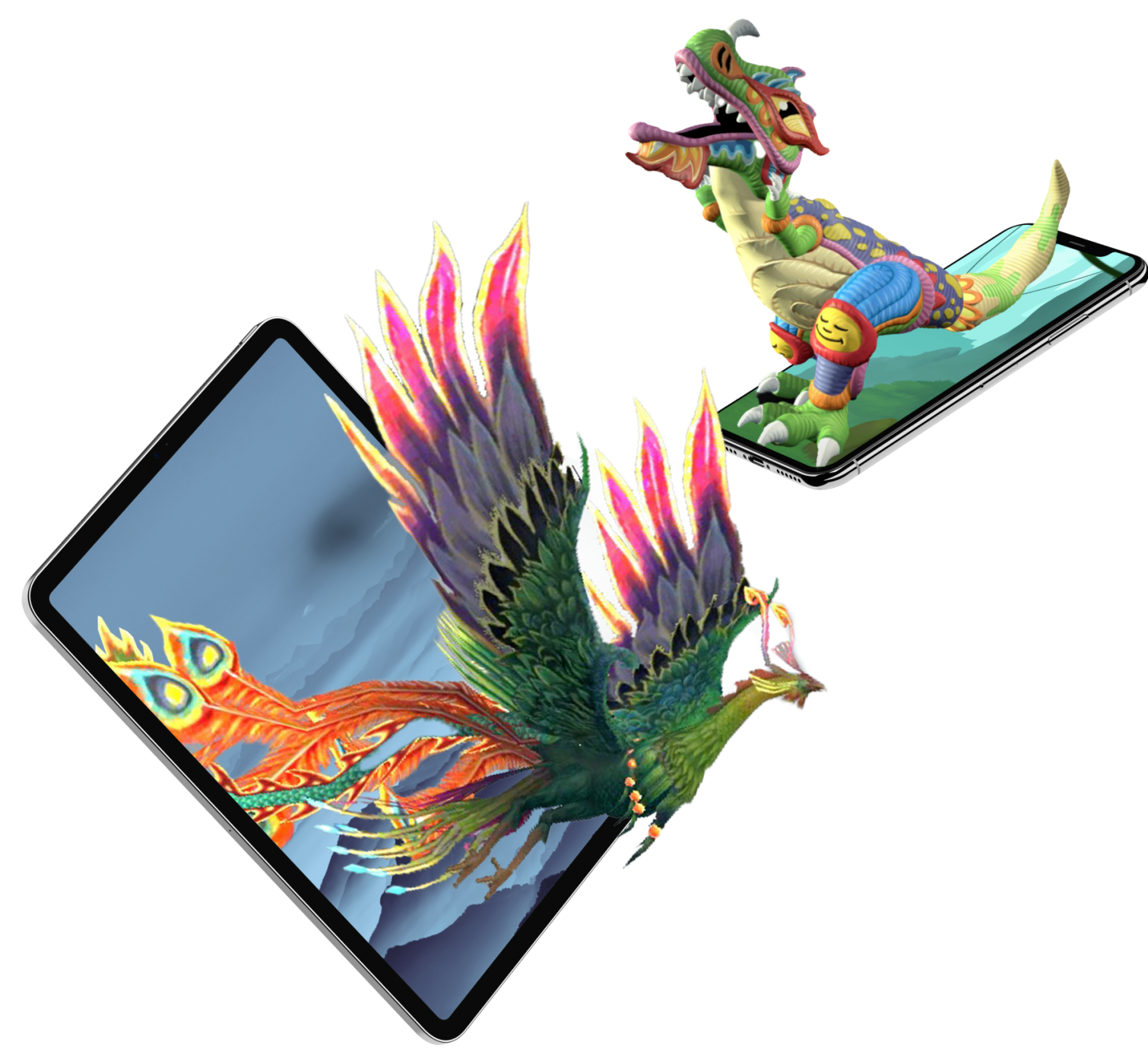Augmented Reality Effects for Food & Beverage Brands
Imagine walking into a restaurant and, instead of browsing through a traditional menu, you use your smartphone to see the dishes come to life in front of you. Or imagine scanning a wine bottle and watching the label transform into an interactive story. This is the power of augmented reality (AR), and it's revolutionizing the way we experience the food and beverage industry.
The Power of Augmented Reality
AR is a technology that overlays digital content onto the physical world, creating an interactive and immersive experience. It has been gaining traction in various industries, from retail and entertainment to education and healthcare. But how exactly does AR affect the food and beverage sector? Let's find out.
Benefits of Using AR in the Food & Beverage Industry
Enhanced Customer Experience
AR can provide a unique and engaging customer experience by allowing users to interact with products and menus in a whole new way. By incorporating AR, businesses can create memorable dining experiences and encourage repeat visits from customers.
Increased Brand Awareness and Engagement
AR experiences can make a brand stand out from the competition, creating a buzz around its products and services. This leads to increased customer engagement and, ultimately, higher sales.
Streamlined Operations
AR technology can help businesses optimize their operations, from inventory management to staff training. For example, AR can be used to guide employees through complex tasks or provide real-time information to help them make better decisions.
AR Applications in Food & Beverage Brands
Interactive Menus and Displays
AR can turn traditional menus into interactive displays, allowing customers to visualize dishes and make more informed decisions. This can lead to increased customer satisfaction and higher average spend per customer.
Virtual Tastings and Pairings
AR can provide customers with virtual tastings and food pairings, allowing them to explore flavors and discover new products without physically trying them. This can help brands showcase their offerings and drive sales.
Immersive Advertising Campaigns
AR allows brands to create captivating marketing campaigns that resonate with their target audience. By blending digital content with the real world, companies can generate a stronger emotional connection and encourage customer loyalty.
Nutritional and Allergen Information
AR can be used to display nutritional information and allergen warnings directly on product packaging. This not only helps customers make informed choices, but also demonstrates a brand's commitment to transparency and consumer well-being.
Gamification and Loyalty Programs
AR can be incorporated into loyalty programs and gamified experiences, encouraging customers to interact with the brand and earn rewards. This fosters long-term relationships and keeps customers coming back for more.
Real-Life Examples of AR in the Food & Beverage Industry
Starbucks: The Starbucks AR Experience
Starbucks has embraced AR technology to enhance its customer experience. In select stores, customers can use the Starbucks AR app to explore the store, learn about coffee, and even unlock hidden content.
19 Crimes: The Wine Label Comes to Life
The Australian wine brand, 19 Crimes, has incorporated AR into its packaging to create an engaging storytelling experience. By scanning the wine label, customers can watch the label's character come to life and share the story behind the brand.
PepsiCo: The Pepsi Max Bus Shelter Campaign
PepsiCo used AR to create an unforgettable advertising campaign for Pepsi Max. The company transformed a London bus shelter into an interactive AR experience, surprising commuters with virtual events such as alien invasions and roaring tigers.
How to Get Started with AR for Your Food & Beverage Brand
If you're considering incorporating AR into your food and beverage brand, start by identifying your goals and objectives. Then, research AR development companies that can help bring your vision to life. Finally, create a plan to promote your AR experiences and measure their success.
Augmented reality offers a world of possibilities for food and beverage brands looking to enhance customer experiences, increase engagement, and stand out from the competition. By embracing AR technology, companies can create unique, memorable, and even educational experiences that customers will love. Are you ready to take your food and beverage brand to the next level with augmented reality?
FAQs
Q1: Can small businesses also benefit from AR technology?
Yes, even small food and beverage businesses can benefit from incorporating AR into their marketing strategies and operations. AR can help level the playing field by offering unique experiences that set a business apart from competitors.
Q2: Is AR expensive to implement?
The cost of implementing AR can vary greatly depending on the scope and complexity of the project. However, as AR technology continues to develop, the cost of entry is becoming more accessible for businesses of all sizes.
Q3: Are there any challenges in adopting AR technology?
Some challenges in adopting AR technology include finding the right development partner, ensuring compatibility with various devices, and creating engaging content that appeals to your target audience.
Q4: How can I measure the success of an AR campaign?
You can measure the success of an AR campaign by tracking key performance indicators (KPIs) such as user engagement, downloads, conversions, and social media shares.
Q5: Can AR be used for food safety and quality control purposes?
Yes, AR can be used to enhance food safety and quality control processes by providing real-time information and guidance for employees, as well as for educating customers about the origins and handling of their food.
TALK TO A PRO
We're here to bring your brand to life!
Stay Connected with BrandXR
Create Augmented Reality for Free!
Create, Publish, and Measure 3D Augmented Reality Experiences Without Having to Code.

